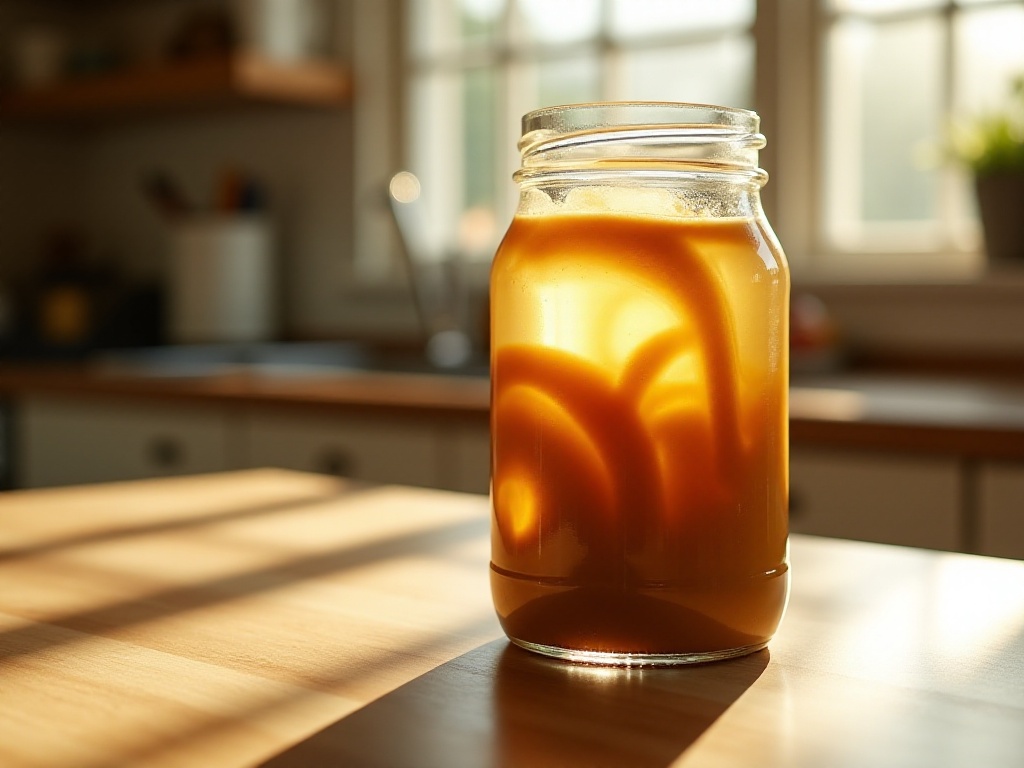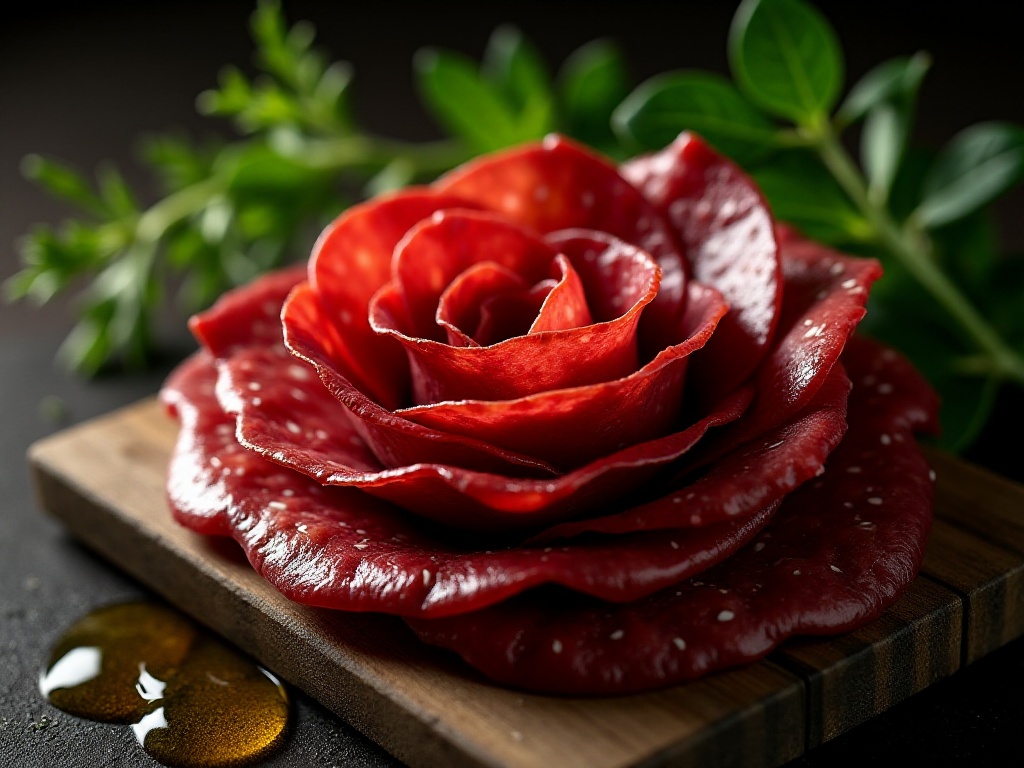Opening Thoughts
I recently moved into a new house and although it came fully decorated, the kitchen space is really small. After countless times of knocking over condiment bottles, dealing with messy pots and pans, and having to search everywhere just to find a spatula, I finally couldn't resist searching frantically online for solutions. Through constant exploration and practice in daily life, I've finally compiled a set of practical storage secrets. Today I'll share these tips with you, and I guarantee that after organizing according to these methods, your kitchen will be completely transformed!
Condiment Storage
Finding condiments is the most annoying part of cooking. The bottles and jars in my home used to be a mess. The soy sauce was always hidden in the back, and finding dark soy sauce felt like an archaeological dig. Finally, I found a magical storage solution.
First, I categorized all condiments. This categorization was carefully thought out, arranged entirely by frequency of use. Light soy sauce, dark soy sauce, and oyster sauce, which are needed for almost every meal, are placed in front within easy reach. Items like cooking wine and vinegar, which are used occasionally, are placed a bit further back. As for star anise, cinnamon, and Sichuan peppercorns, which are only used when making braised pork, these go all the way in the back.
This categorization wasn't enough - the key was finding a good storage solution. The corner shelf I learned about from Japanese housewives was a lifesaver! Who knew corner spaces could be so useful? I placed a three-tier rotating shelf in my kitchen corner, and surprisingly, this small corner could hold nearly 30 condiment bottles! Most amazingly, this shelf rotates - just turn it to find whatever condiment you need, no more searching everywhere.
Besides the corner shelf, I labeled each condiment bottle with its purchase date and expiration date. This small detail is particularly important because some condiments can spoil, like oyster sauce which should be used within 3 months after opening, and dark soy sauce should be used within 6 months. With labels as reminders, you won't have the embarrassment of using expired condiments.
Don't waste the storage space on doors either. I installed a hook-style rack behind the cabinet door specifically for small bottled seasonings like ground pepper and cumin powder. This way, condiments are easy to find and don't take up space - perfect!

Pot Organization
When it comes to pot storage, there are quite a few tricks. I used to stack my pots together, which seemed space-efficient but was a nightmare when I needed a pot from the bottom - I had to remove three or four pots on top. Worse still, when pots were stacked together for a long time, they either got scratched or the coating wore off, which was really frustrating.
Later, I had a bright idea and bought a vertical storage rack to make all the pots stand upright. This storage method is incredibly convenient - you can clearly see each pot and pull out whichever one you want without any hassle. Plus, with appropriate spacing between pots, there's no more worry about scratching.
However, specialized pot racks can be quite expensive, easily costing several hundred dollars. There's actually no need for that - I bought several sturdy metal file organizers from the stationery store for just twenty or thirty dollars each, and they work surprisingly well. Just place the file organizer vertically, put one pot in each slot, and it's not only stable but also space-efficient. Since using this method, my kitchen storage space has increased significantly, even freeing up enough room for a small refrigerator.
By the way, storing pot lids is also a skill. I installed some adjustable hooks behind the cabinet door specifically for hanging pot lids. This way, the lids don't take up space and can dry properly, avoiding trapped moisture.

Utensil Organization
Storing spatulas, spoons, and chopsticks is also a big challenge. I've tried many methods, like putting them in drawers or using storage boxes, but nothing felt perfect until I discovered an excellent solution.
I installed a stainless steel hanging rod about 60 centimeters long next to the sink, then hung all the utensils on it. The location is crucial because utensils are often wet after use, and hanging them next to the sink allows them to drain naturally. Plus, they're within easy reach while cooking.
I made a small improvement to the hanging rod by installing a small tray underneath to catch dripping water. This keeps the countertop clean and prevents bacteria growth. Through my actual measurements, this hanging storage saves nearly half the space compared to traditional drawer storage.
For smaller utensils like measuring spoons and bottle openers, I use a magnetic strip. It's just a magnetic strip mounted on the wall, and all these small items stick to it. This not only saves space but also makes things easy to find.

Food Storage
When it comes to food storage, there's a lot to learn. I've noticed many people make mistakes in this area, like randomly stuffing fruits and vegetables into the refrigerator only to find them wilted the next day.
After research and practice, I've now developed a complete storage system. First is zone storage - I divided the refrigerator into several areas: top shelf for fruits, middle shelf for vegetables, bottom shelf for meat and seafood. Each zone uses different colored storage boxes: red for meat, green for vegetables, yellow for fruits, making everything instantly recognizable.
Special attention is needed when storing fruits, as some fruits can't be stored together. For example, apples release ethylene gas which accelerates the ripening of other fruits. So apples should be stored separately in a sealed container to avoid affecting other fruits.
Vegetable storage also requires attention to detail. Leafy greens should be wrapped in preservation bags, but with small holes punched in the bags to allow both moisture retention and breathing. Eggplants and cucumbers should be wrapped in plastic wrap and stored in the middle of the vegetable zone.
As for meat, it must be portioned before freezing. I package meat in small portions according to how much I'll use each time, using preservation bags and marking the date and weight. This not only makes it convenient to use but also avoids repeated thawing.
Through this scientific zone storage, my refrigerator's efficiency has improved by at least 30%. Food shelf life has also notably extended, and there are basically no more issues with spoilage or wilting.

Tableware Storage
Tableware storage might seem simple, but there are actually many tricks to it. I was troubled by chopstick and spoon storage for a long time - they would always be messy in the utensil rack, falling all over the place.
Later, I thought of a clever solution: laying a layer of glass beads at the bottom of the storage box. These small beads keep chopsticks and spoons standing stable while absorbing excess moisture. I chose colorful glass beads, which look really nice - opening the drawer always brings a bit of joy.
For bowls and plates, I use a tiered storage rack. The distance between each layer is carefully calculated to perfectly fit different sizes of dishes. I also added anti-slip mats around the edges of the rack to prevent dishes from sliding around.
Particularly worth mentioning is that I prepared dedicated tableware storage slots for each family member. This not only makes it convenient to grab items but also helps children develop good storage habits. Each person is responsible for organizing their own tableware, and over time, they develop the habit of keeping things tidy.

Experience Summary
Through the application of these storage techniques, my kitchen's space utilization has increased by nearly 60%. I used to think the kitchen was too small, but now I feel there's more than enough space. However, I want to emphasize that storage isn't something achieved overnight - it requires gradual exploration and adjustment.
I suggest starting with a small area, like organizing condiments first. Once that area is well-organized, gradually expand to other areas. This approach prevents exhaustion and allows for timely problem identification and adjustment.
Through practice, I've found that the most important thing is designing storage solutions based on your own usage habits. For example, since I often cook Chinese food, condiments are placed near the stove; and since my husband likes coffee, all coffee-related items are concentrated in a dedicated area.

Extended Thoughts
Ultimately, kitchen storage reflects a deeper issue: how to create maximum value in limited space. This concept applies not just to kitchens but to all aspects of life.
For instance, in work, how to arrange time for maximum efficiency; in studying, how to plan for best results. It's all the same principle. When we learn to manage kitchen space efficiently, we're also training our planning abilities and execution skills.
A neat and organized kitchen not only improves cooking efficiency but more importantly makes cooking an enjoyable experience. Every time I walk into my well-organized kitchen and see everything neatly arranged, it puts me in a great mood. This kind of happiness can't be bought with money.
So, if you're also struggling with kitchen storage, try these methods. I believe that after some time of adjustment and adaptation, you too can have an enviable perfect kitchen. Let's transform our kitchens into the most relaxing spaces in our homes!




